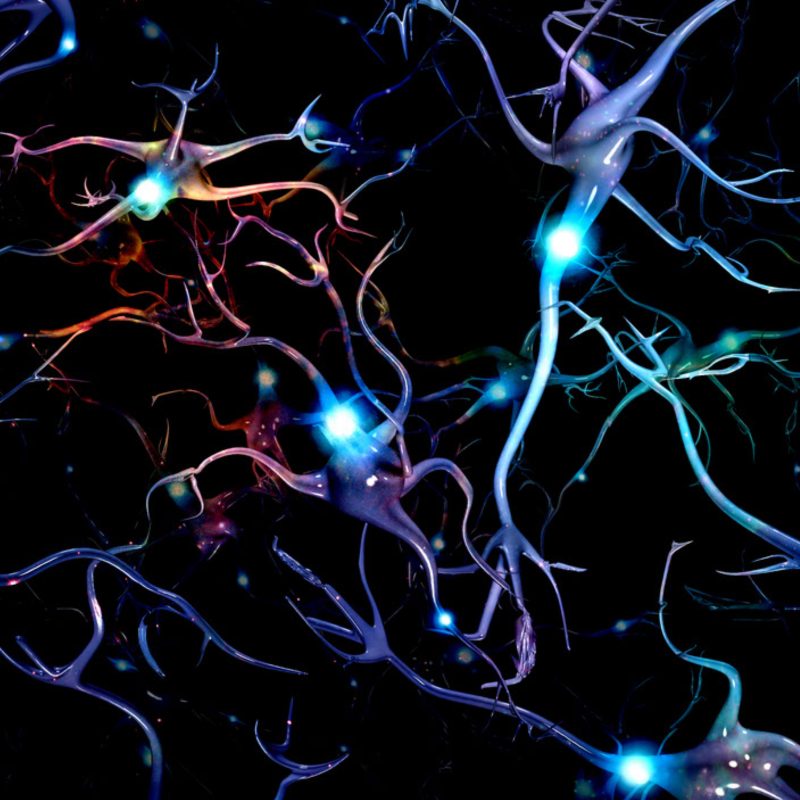How are we aware that we are aware? Consciousness remains a perplexing mystery for science. Today’s neuroscience assumes that consciousness emerges from neurons interacting with each other in the brain. Yet, we still do not have an explanation for exactly how these neural interactions cause subjective experience or the experience of being conscious. Or, to be more specific, how interacting neurons could cause us to be aware of the profound and moving experiences of falling in love, enjoying a delightful piece of art, or feeling a wave of dazzling inspiration.
In a recently published paper in the mainstream science journal Frontiers of Psychology, we look at how science is currently tackling consciousness and possible alternative ways of viewing the problem that could help us solve this long-held human mystery.
The Brain Generates Consciousness
The current mainstream scientific worldview assumes that matter is the primary building block of the universe. This philosophy is called materialism and proposes that we can reduce every phenomenon into smaller physical parts to explain it. In this model, neurons work together to somehow generate consciousness. The field, however, cannot agree on just how this happens. In the paper, we review the main neuroscience theories of consciousness and propose that perhaps there are gaps in the approaches because some assumptions– such as that the brain generates consciousness – are wrong or incomplete.
Unexplained, Exceptional Human Experiences
Why? The materialist theories of consciousness do not easily explain certain human experiences and cause us to question whether consciousness is exclusively dependent on brain activity. For example, there are well-documented experiences of people perceiving information from distant locations, the future, and mental impressions from other people, which are difficult to explain with the current materialist models. Have you ever had a dream that came true exactly as you saw it? Impossible, says materialism.
Additionally, while there are many examples of correlations between neural integrity and human behavior, such as when damage to a brain region (e.g., from a stroke) causes changes in human behavior (e.g., losing the ability to speak), there are also many cases where the correlation is not so clear cut. For instance, there are documented cases where people, through a traumatic event or with no apparent cause, gain cognitive skills without previous training or experience in the skills, such as acquired and spontaneous savants, who suddenly gain exceptional musical or mathematical skills. There are also cases of people who can speak languages that they never previously learned. In yet another example, there are medical cases where the brain has degenerated to the point that barely any functional brain tissue remains, but where the individual inexplicably temporarily regains memory, orientation, and the ability to speak and respond with awareness. If brain function is perfectly correlated with human behavior and experiences, we would not expect to see these exceptional cases.
Can Non-local Consciousness Explain the Unexplainable?
To account for these exceptional cases where consciousness appears to extend beyond the physical brain and body in both space and time, alternative models of consciousness – or non-local consciousness theories – have been suggested. We review some of these theories in the new paper. These models do not assume that consciousness needs to be confined to and generated by the brain. This is hard to imagine using a model of reality where matter is the fundamental building block of the universe, but not if the model is flipped and consciousness becomes the fundamental building block instead, becoming more fundamental than matter and spacetime.
Yes, including non-local theories of consciousness may require a change in worldview, but this would not be the first time a shift in a worldview in science has happened. One notable example is the case of black holes. In 1915, the possibility of the existence of black holes was proposed by Karl Schwarzschild. But in 1939, Albert Einstein denied that black holes could exist. In the 1960s, Roger Penrose published models explaining how black holes could form, causing other physicists to consider the possibility. Finally, a half-century later, astronomers observed a black hole. If the possibility of black hole existence had been permanently dropped, as Einstein proposed, we never would have discovered them.
Including all Theories
This tension between resistance and advancement is common in science and helps us cautiously explore theories without abandoning past evidence. Yet, stories such as the one about black holes are a good reminder to approach all phenomena and theories with curiosity, humility, and the acknowledgment that at any given point in time, we do not have everything figured out. There is always more to discover about our universe. Including other models that do not fit the current scientific worldview can help advance our understanding of the world we live in and could even speed up scientific progress by explaining the unexplainable.
It is important for mainstream science to incorporate theories of non-local consciousness, such as publishing these theories in journals such as Frontiers in Psychology as we did, because while materialism explains much in our world, it does not explain everything, including these fascinating exceptional cases. Non-materialist theories that suggest consciousness is fundamental and/or non-local may provide a road to understanding these phenomena. They may even help us better understand ourselves and our human experiences. To get there, we need testable theories and open minds to truly investigate this stunning, elusive thing we call consciousness.
